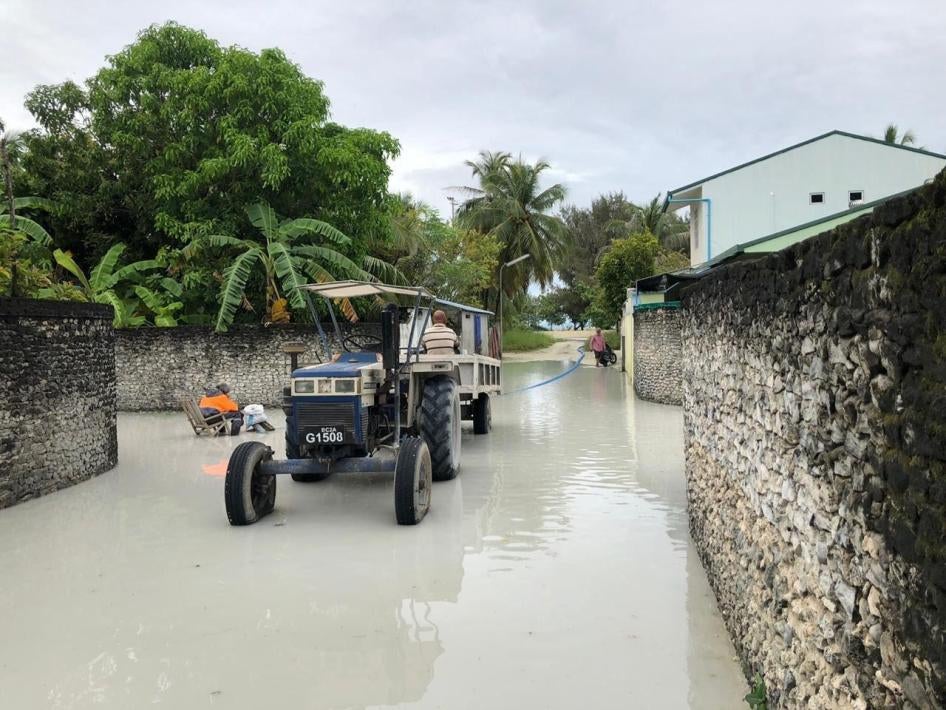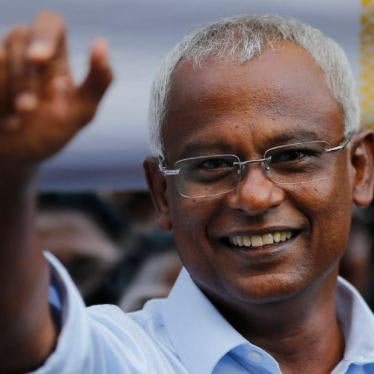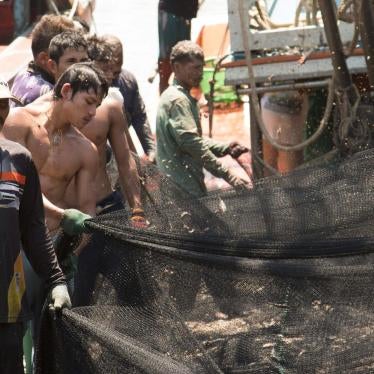To most of the world, the Maldives are a tempting tourist destination, with over 1,192 islands of coral reefs and pristine beaches.
But the Maldivian government has long ignored its own environmental regulations and the needs of communities in developing these precarious, low-lying islands.
Foreigners generally only see the luxury resorts, not the islands where most Maldivians live. During a torrential downpour this month while I was on Kulhudhufushi, the island flooded within hours. Residents rushed to bolster embankments with sandbags and dig channels to clear waterlogging.
As the waters receded, residents told me that flooding now happens more frequently and affects more homes than anything like in previous years. In the past, mangroves provided a natural protection against flooding. Kulhudhufushi, they said, has grown more vulnerable since 70 percent of the island’s mangroves were bulldozed to make way for a new airport. Areas adjacent to the destroyed natural mangrove buffers were worst hit by the floods.
An environmental impact assessment had already raised concerns over the airport, as had local community activists I met who were worried about the impact on local livelihoods, particularly for women who depend on resources from the mangroves and adjacent palm forest. Despite these concerns, the airport project was expedited by then-President Abdulla Yameen before the 2018 presidential elections. Maldivian activists alleged that the environment minister at the time pressured the Maldives Environmental Protection Agency to issue the permit despite objections from local residents.
Yameen was defeated in the 2018 elections, and President Ibrahim Mohamed Solih’s government has pledged to ensure that environmental assessments are sound, and their recommendations followed. But the large-scale removal and destruction of trees on inhabited islands continues.
The Maldives are one the most vulnerable countries on earth to climate change, with the projected global sea-level rise potentially inundating many of its islands. While not responsible for global climate change, the Maldives and other small island nations will bear the brunt of the resulting devastation.
With flooding, erosion, and other ecological disasters on the rise, the Maldives are running out of time to save their island communities. President Solih’s government can’t ignore the evidence of the high human cost of environmental abuse.











